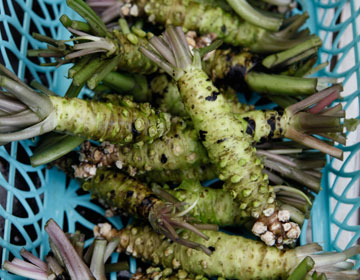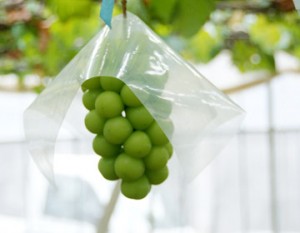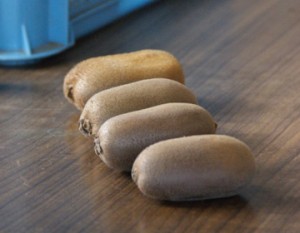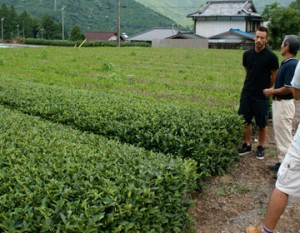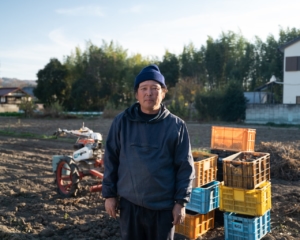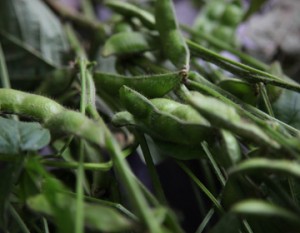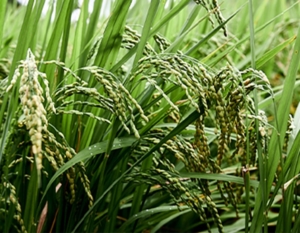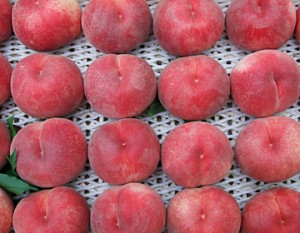Wasabi only to be produced in Shizuoka
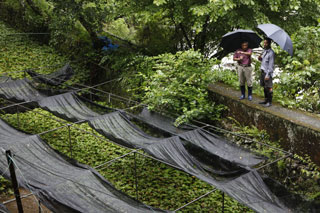
”Wasabi” is an important food ingredient for Japanese people since it is a vital part of many Japanese dishes such as sushi, sashimi, soba, etc. Its academic name is ”Wasabi japonica”, making it a genuine produce originating in Japan.
The word ”wasabi” is recorded in ancient literatures from the Nara period, describing its use for medicinal purposes. However, actual cultivation started unexpectedly late during the Edo period. At that time, Shizuoka was the sole producer of ”wasabi”.
For a long time, ”wasabi” production was limited to Shizuoka. The reason for this is that the Shogun, Ieyasu Tokugawa liked the ”wasabi” produced in Utogi so much that he banned any other region from producing it.
So, ”wasabi” was only permitted to be produced in Utogi. However, 100 years later, its production was expanded to Amagi Yugashima in Izu, Shizuoka as well. Since then, Shizuoka became one of the top producers of ”wasabi”. It was through this history that ”wasabi” became one of the specialized products of Shizuoka.
Cultivated by the water in Amagi Yugashima/h2>
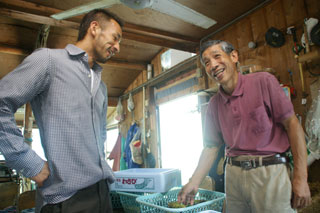
We spoke with Masataka Asada, a ”wasabi” producer who has been protecting the ”wasabi” field which has been in existence for more than 80 years in Amagi Yugashima.
Asada grows ”wasabi” by drawing spring water from the deep mountains into the ”wasabi” field and maintaining the purity of the water with stable temperature throughout the year. We asked about the method and how to distinguish different ”wasabi” in the area.
Shizuoka ”wasabi” was not allowed to be produced elsewhere. We wondered how if Asada had recommendation as to how we should eat ”wasabi”.
”Is there any special way to eat it?”
”I don’t know if it’s special……” Asada served us ”wasabi miso”.
This is a simple dish where you grind wasabi in a food processor and mix it with ”miso”. ”The mixture of the sweetness of ”miso” and spiciness of ”wasabi” makes it a great combination!”, Nakata raved.
Wasabi made with the clean water of Amagi Yugashima. Yet again, we encountered the beauty of Japanese tradition.



